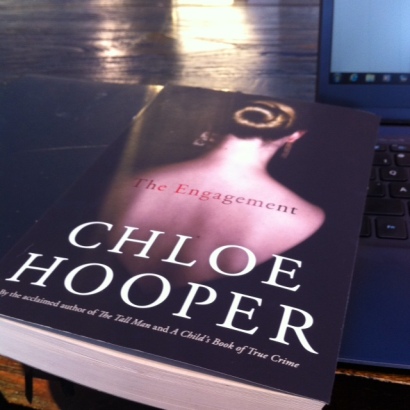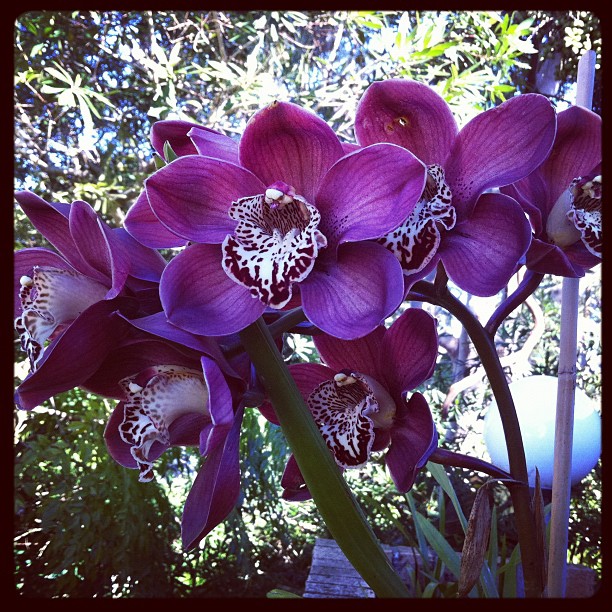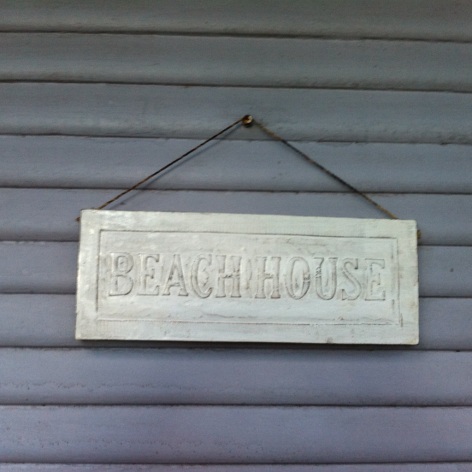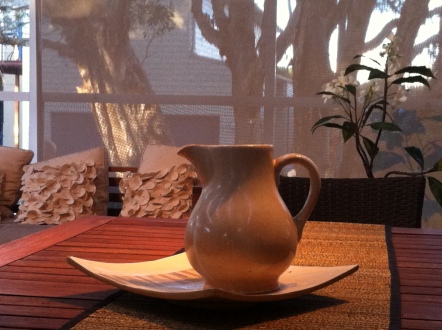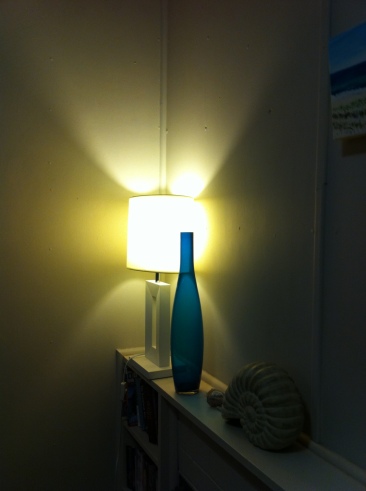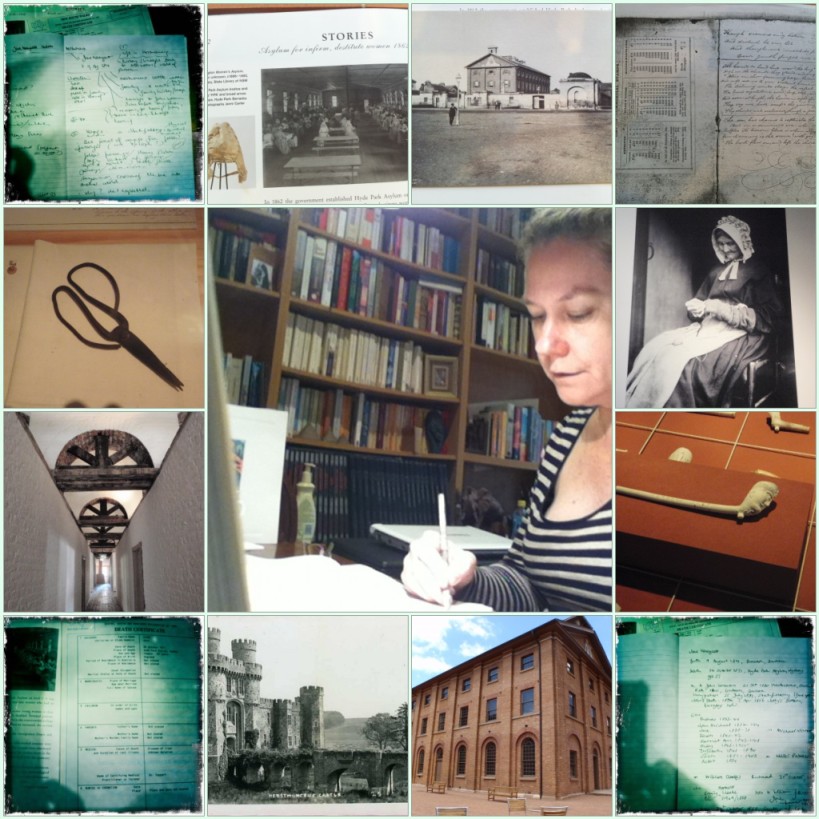
There’s been a certain amount of scene setting for 2013 going on here at present. I’ve moved my roll-top desk, the centre of my creative universe, from the back of the room where for some reason I had my back to the window and trees. It’s now closer to the window where I can see the trees and feel a cool afternoon breeze wafting in. My room is less cluttered, still busy and full of books and papers, but more organised so I can see and find things. It feels cooler, calmer and a more relaxed place to be.
Today is Australia Day and it’s a long weekend, so a wonderful time to breathe in and out, and work on the personal planning I need for 2013. Much has been rattling around my head and I’ve had the opportunity to read how others are working on their plans for this year. I have especially loved reading about the 2013 approaches and plans of my Blogging from the Heart buddies, Victoria Smith and Liv White and so many others which have warmed and inspired my heart. Such different and wonderful approaches to thinking about this year; some more structured and others more free flowing and intuitive, and now it’s time to work though my own.
Key members of my Seven Stars virtual support team, nearly three years on, continue to be a huge influence. I will start with Chris Guillebeau’s annual review process which I have worked through for a number of years now; it’s good to have a process that is consistent to go back to and review over time. Susannah Conway is a wonderfully wise and gentle support in so many ways and her Unravelling the year ahead 2013 workbook will also be something I will work through.
In terms of participating in projects and e-courses this year, I have started off this year with blogging buddy, Flo Gascon’s ‘Time of your Life’ ecourse . It’s about refocusing so you realise the positives and ensure you are in fact having the time of your life and not some sub-standard version of what it might be. It’s the first week but already the thoughts that are being sown are powerful and I look forward to this renewal of perspective.
I’m also working through Danielle LaPorte’s Desire Map multimedia guide. Again, I’m just getting my toe in the water but it’s already enabling some refocusing on what my core desires drive me to do and understanding this better. I loved working through ‘Style Statement‘ and the power that this gave me for bringing together aspects of my core values that I hadn’t previously connected. I’m looking forward to more of this and am in no rush; I will just take this one gently and deeply and as I can.
I’m also joining the Australian Women Writers’ Challenge again this year and will post soon on last year’s experience and what I hope to focus on this year. I absolutely love this challenge, the reading and writing experiences and the community it brings with it. I have learned so much more about a space that brings together three of my great loves: Australia, women and women’s issues, and writing. Linking with people who also share these loves has been a source of inspiration and learning.
So, lots of scene-setting, physical, mental and emotional, and I’m looking forward to sharing the evolving scenes here as they play out this year.
What scene setting are you doing for this year?


